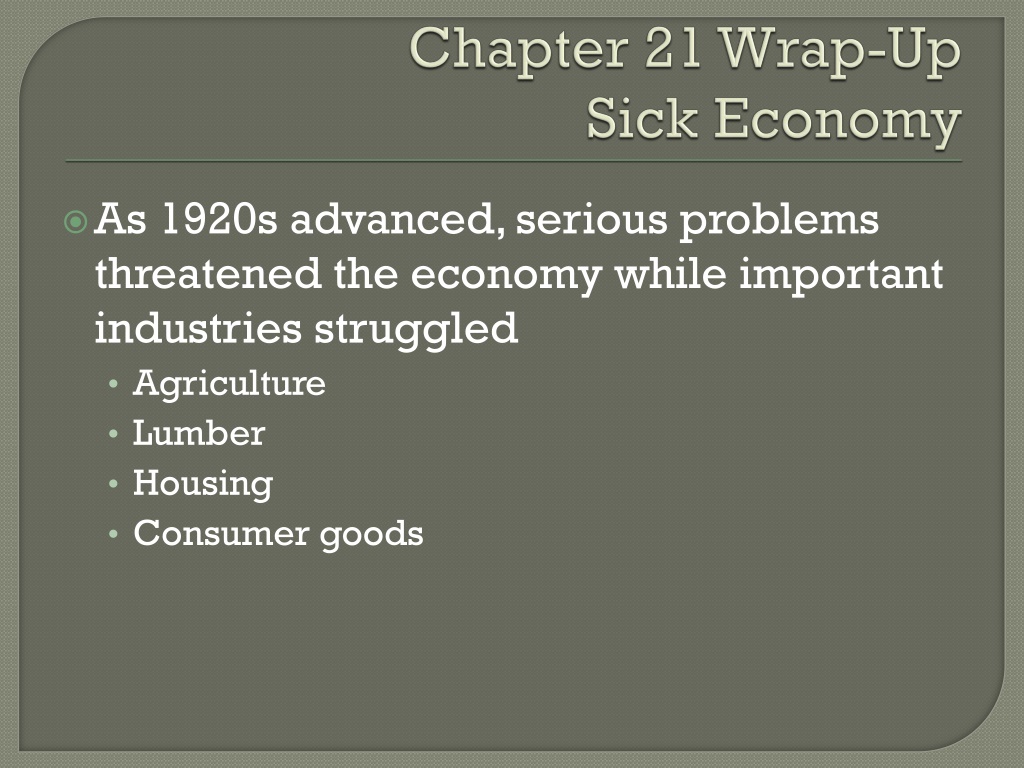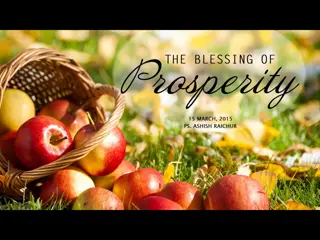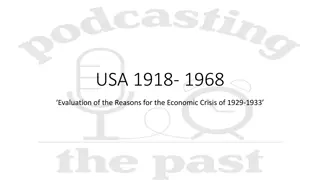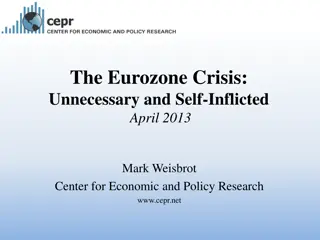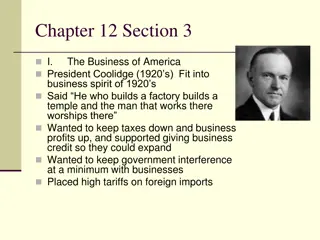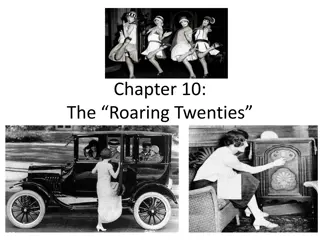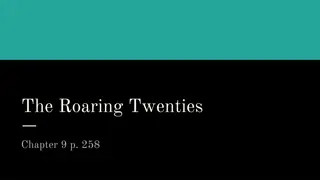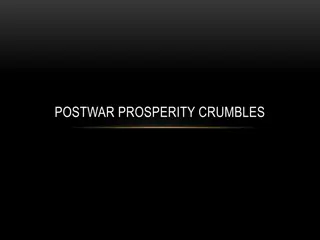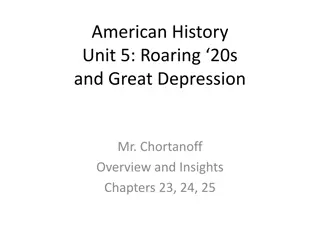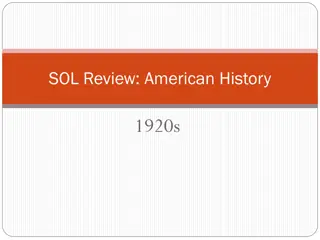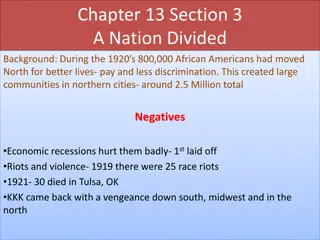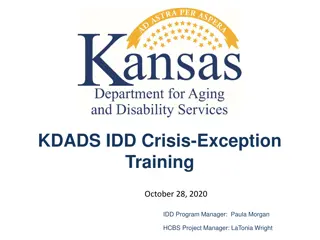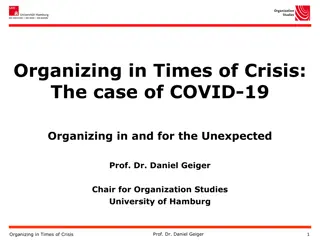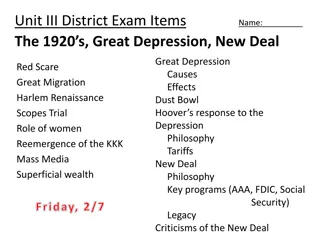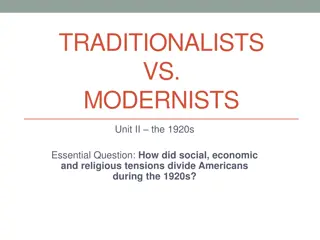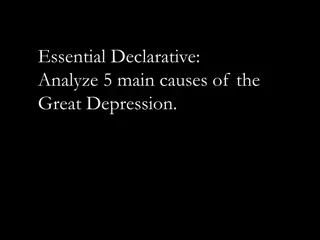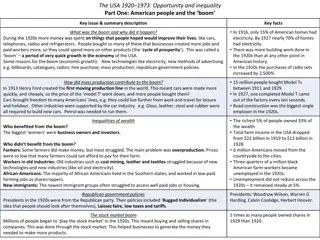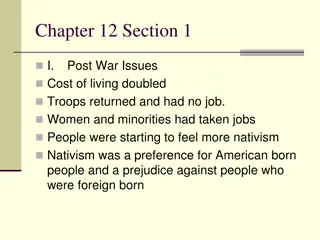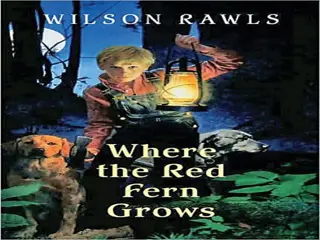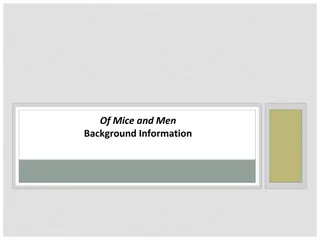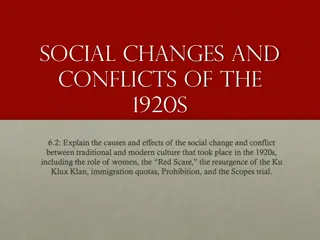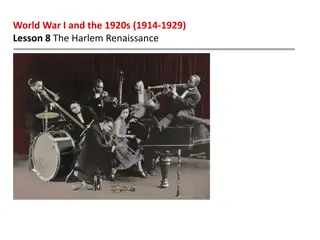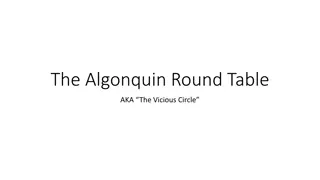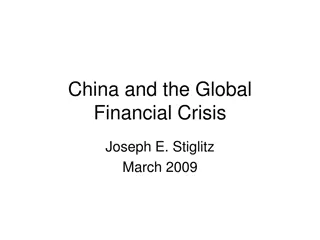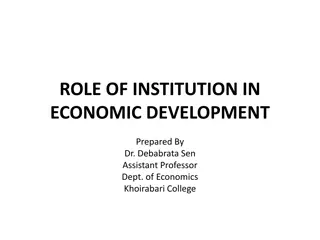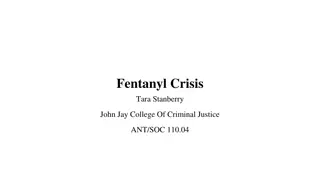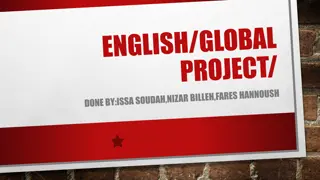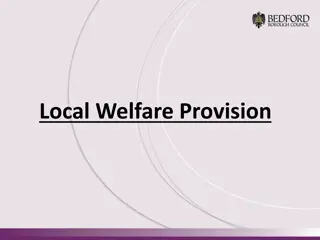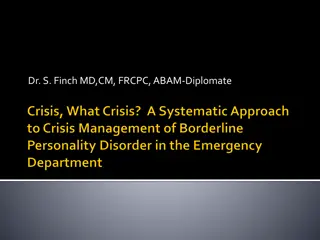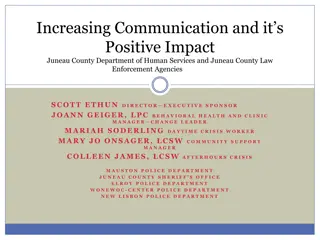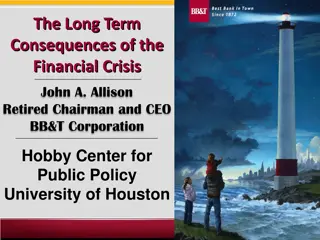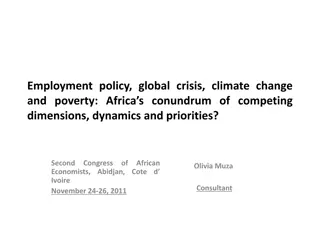Economic Challenges of the 1920s: From Prosperity to Crisis
In the 1920s, serious economic problems emerged as key industries like agriculture, lumber, housing, and consumer goods faced struggles. The decade saw a decrease in new construction, indicating a weakening economy. Events like the Dust Bowl and the stock market crash of 1929 further exacerbated the economic woes, leading to bank failures, unemployment, and widespread suffering among the American population.
Download Presentation

Please find below an Image/Link to download the presentation.
The content on the website is provided AS IS for your information and personal use only. It may not be sold, licensed, or shared on other websites without obtaining consent from the author. Download presentation by click this link. If you encounter any issues during the download, it is possible that the publisher has removed the file from their server.
E N D
Presentation Transcript
As 1920s advanced, serious problems threatened the economy while important industries struggled Agriculture Lumber Housing Consumer goods
New construction is one of the best indicators of a good economy In the 1920s, few houses being built Why is this a sign?
During WWI, huge demand for crops After farmers struggled Demanded plummeted Dust Bowl
Major environmental disaster of the 1930s (Dirty Thirties) Major draught along with the failure to use proper farming methods led to a serious of severe dust storms ravaging the Midwest
John Steinbecks novel brought to light the struggles Okies faced during the Dust Bowl The novel tells the story of the Joad family, Dust Bowl farmers who are forced off their land by the bank and forced to pick up and move to CA Themes Survival Strength of Family
Average Americans purchased stocks as a way to GET RICH QUICK Companies sold stocks to raise money for business needs Research Higher employees Buy new equipment
Continued Coolidges laissez faire approach
Oct. 29th, 1929 Stocks plunge again Value of market falls GREAT CRASH!!!! People sell what s left to get some money By end of Oct. over $30 billion has been lost (Total spent in WWI)
Risky loans hurt banks Consumer borrowing Bank runs Bank failures Savings wiped out Cuts in production Rise in unemployment
Hoovervilles makeshift villages Banks were forced to closed because they had no money PEOPLE LOST EVERYTHING!!! Hawley-Smoot Tariff was passed to protect American businesses The average American worker were hit the hardest!
Recession Slow down in economy for 6 months People become nervous Depression Severe or prolonged slow down Recovery Active growth for 6 months Prosperity People develop trust in economy
Volunteerism Looking at the Sunny Side Saving Business No Relief Trickle Down
